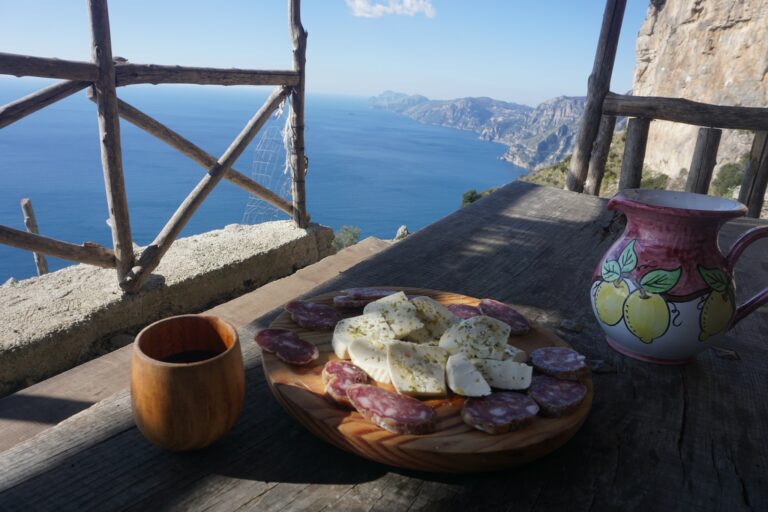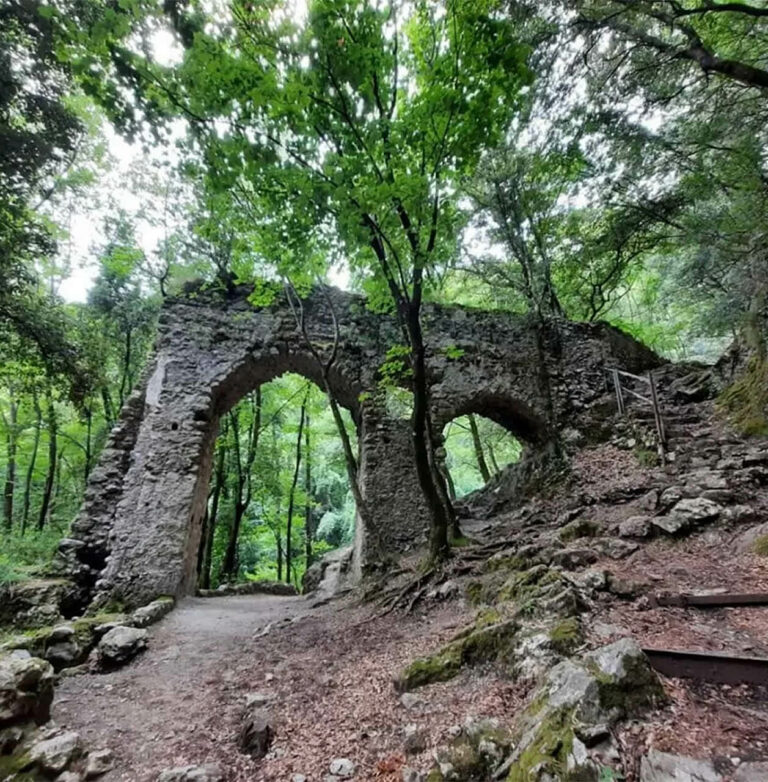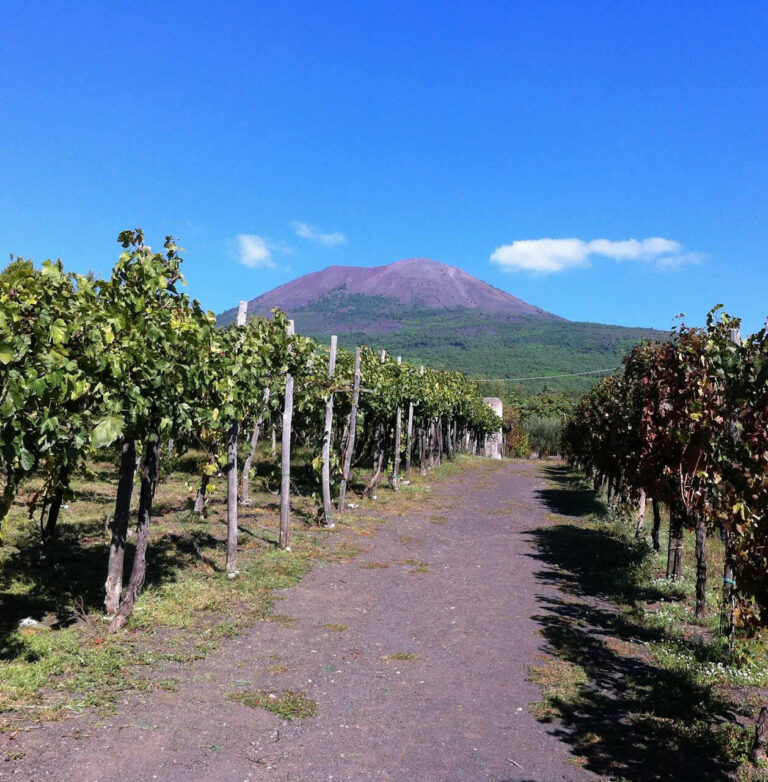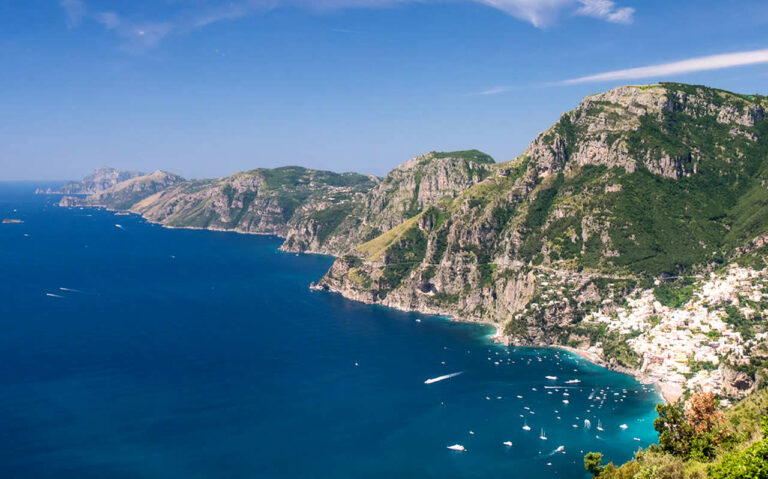
Multiday tours
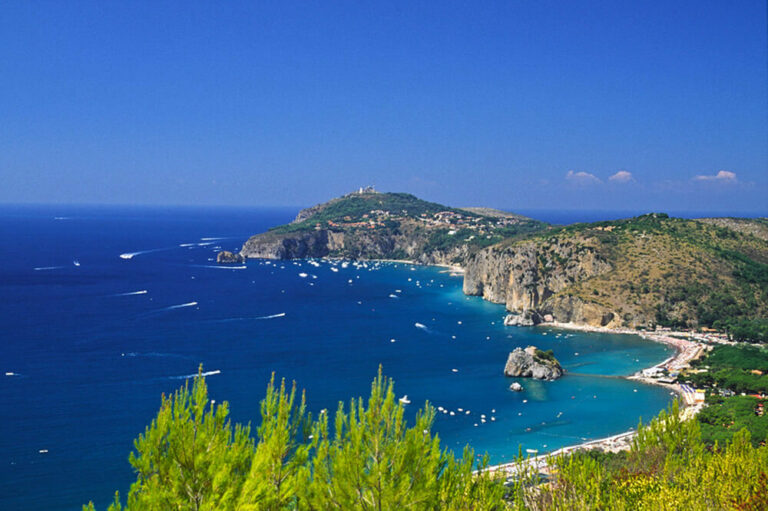
Cilento - 7 Days
Cilento tours are designed to give you a full knowledge of the territory, people, history, traditions of this amazing area.
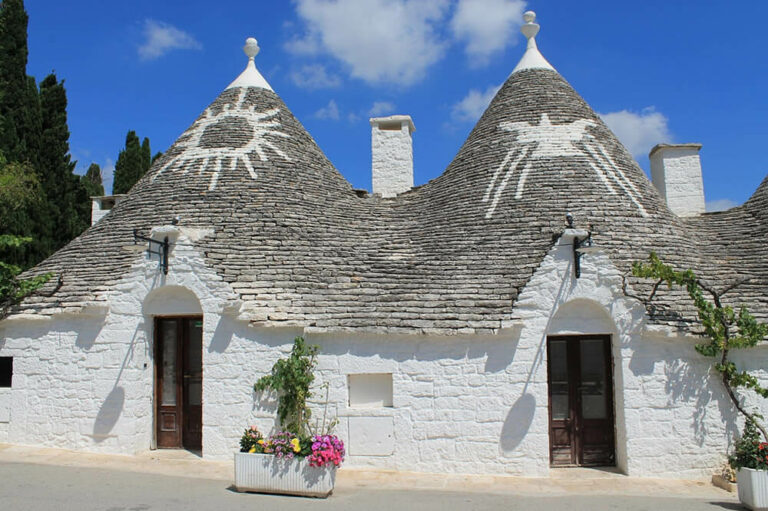
Puglia - 8 Days
Puglia tours are full of surprises and delights: fabulous food, historic towns, beautiful beaches, and gracious residents.
Explore Cilento & Puglia
Hikes & Treks
Explore the breathtaking beauty of Italian nature and culture through our extraordinary excursions.
UNESCO World Heritage Site
Discover Cilento






Small groups & private tours
Premium Services
We want you to travel with confidence, we take care of every details of your holiday; we offer small group size tours, with all-included package.
Local Experiences
Our tours are designed to let you travel like locals, to immerse in our culture, traditions, and language. We include popular sites, but also off-the-beaten attractions where few tourists go.
Specialists
With our expertise we can offer tailor-made itineraries designed just for you. According to your needs, interests, and budget, our local travel experts can put together the perfect holiday for you.
Food & Wine
Whilst travelling Food comes first, and then we have Wine: this is the reason why we include lunch & dinner in our tours, in places that we have selected, to give you a full experience of your holiday.
